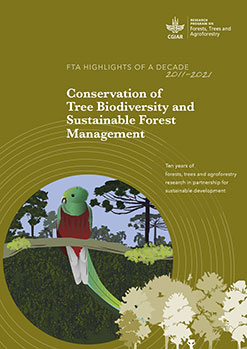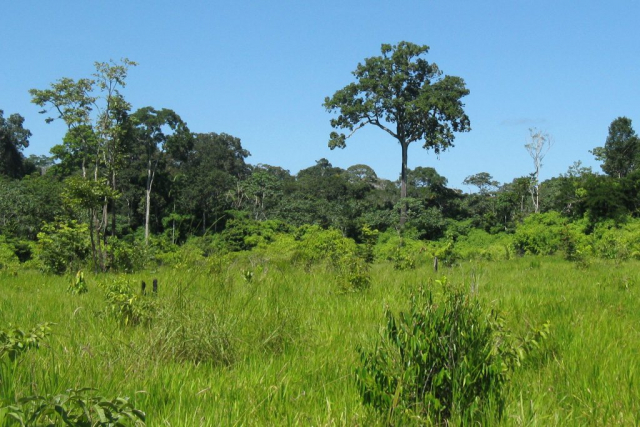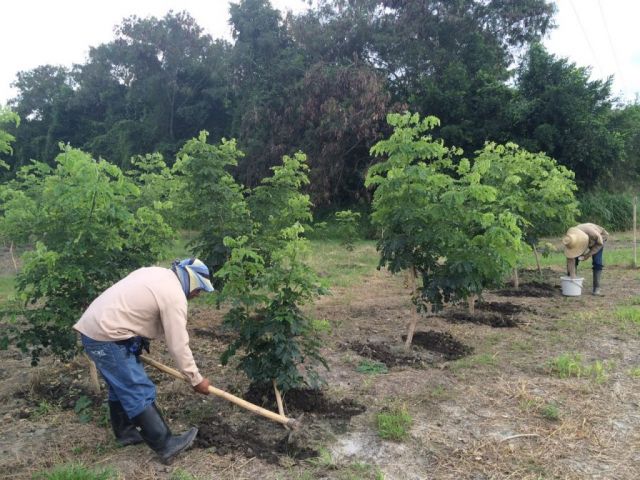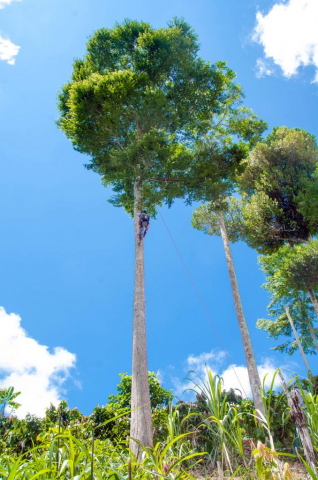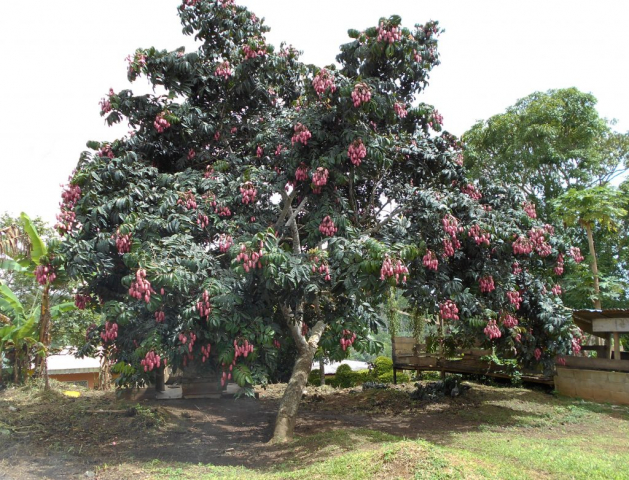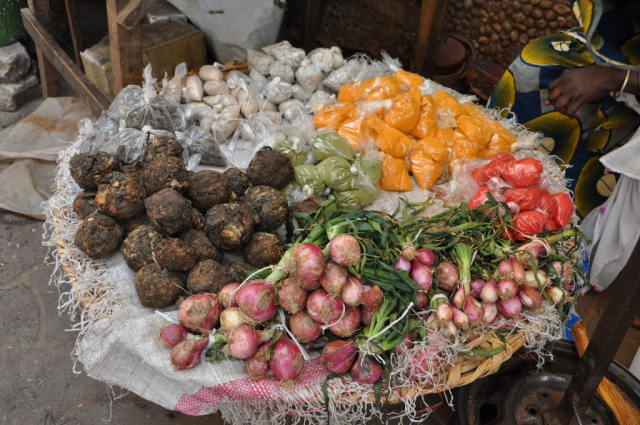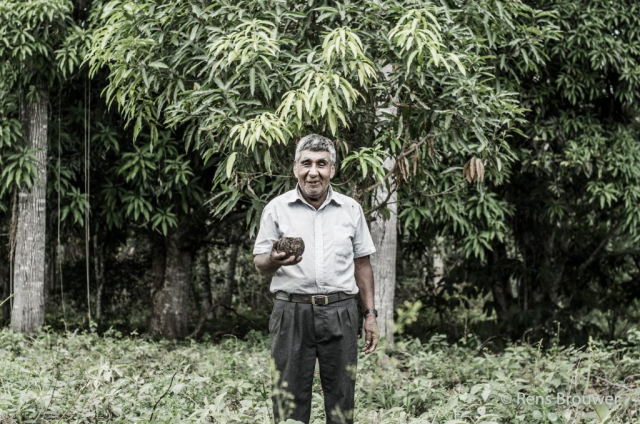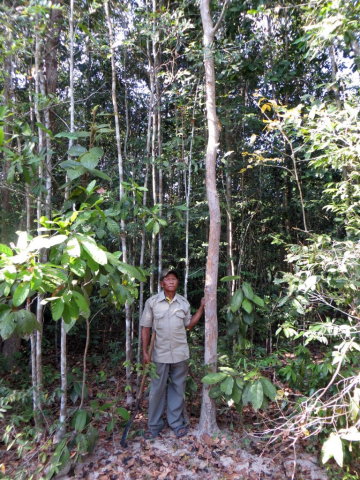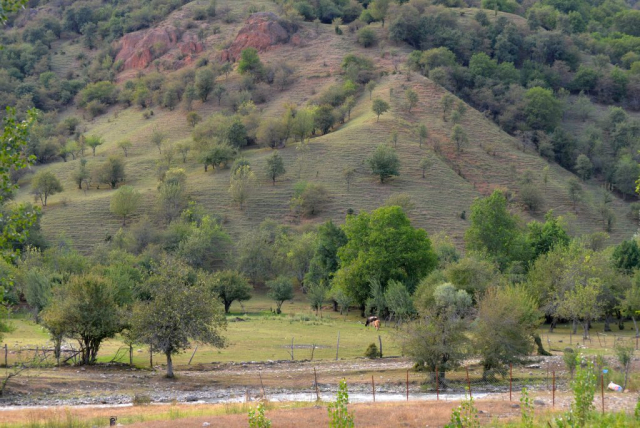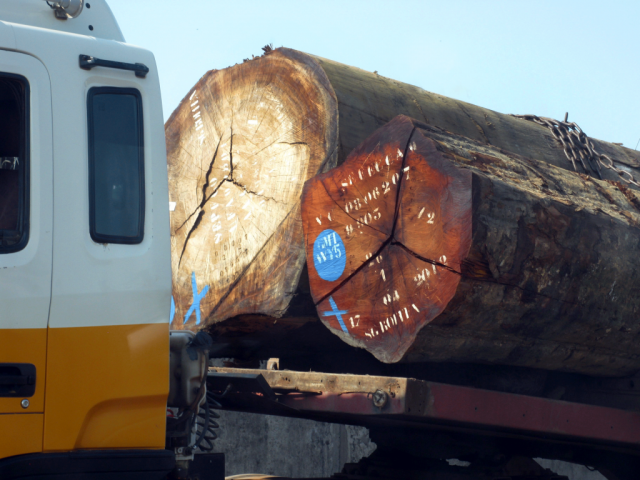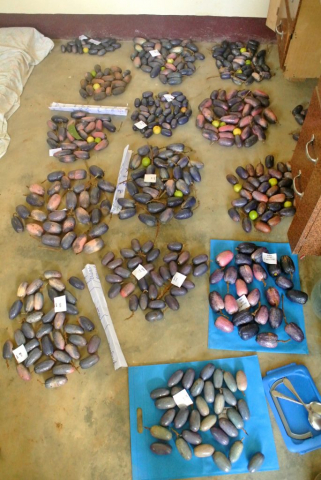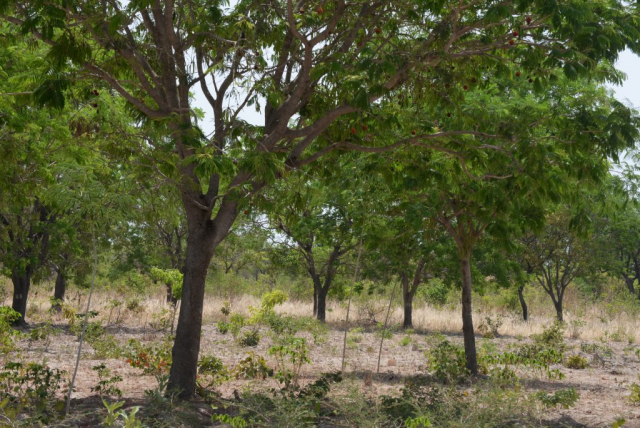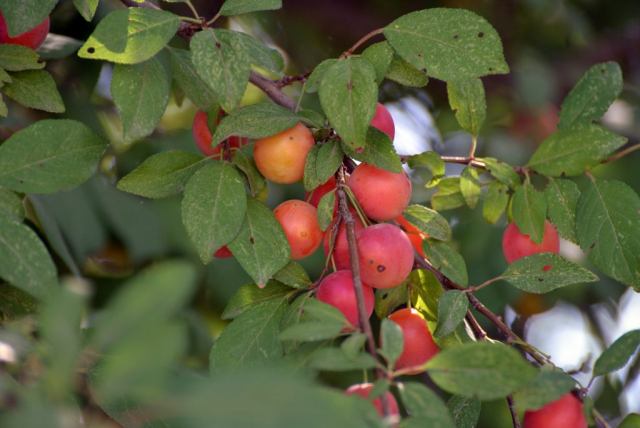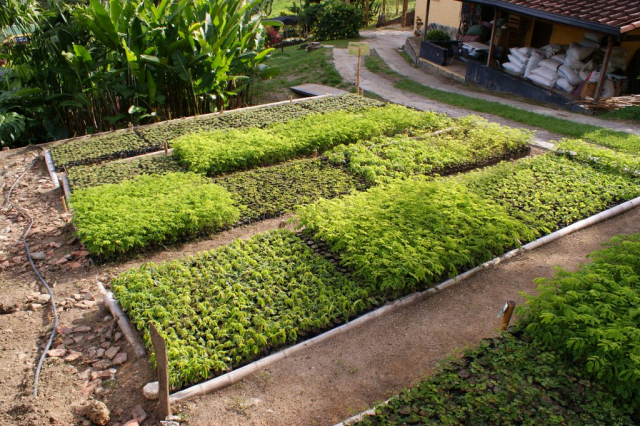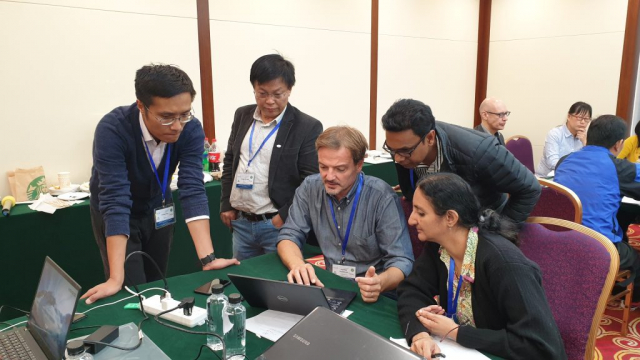Millions of people in the tropics derive benefits through the management of tree species diversity, and from the genetic variation within these species, in forests and farmland. People depend on trees for food, medicine, fuel, tools, fodder for livestock and shade.
Conserving and sustainably managing forest biodiversity, including forest genetic resources (FGRs), is critically important. Trees provide ecosystem services such as soil and water conservation, carbon sequestration, pollination, and mitigation of the effects of natural pest predators.
Insights on diversity are critical to understanding the domestication and dispersal of tree species, managing their genetic resources and setting conservation priorities.
Previously, conservation of FGRs centred on in situ approaches, and in particular in national parks and forest reserves. The design and location of these conservation areas are rarely driven by genetic principles. FTA has characterized the genetic diversity of tree species to assist both conservation actions and sustainable management.
Data on tree species supports management of FGRs and resilient forest landscapes, including in the Amazon.
As part of “FTA’s highlights of a decade,” a new series focusing on the programme main results since inception in 2011, FTA is now publishing the volume on Conservation of Tree Biodiversity and Sustainable Forest Management. The publication outlines the relevance and impact of FTA’s work in this research domain at the global level and how it contributed to shape some of the key stakeholders’ agendas.
It illustrates how FAO’s Global Plan of Action to implement a global monitoring system for FGRs benefitted from FTA’s support, integrating our analysis of vulnerability of tree species. FTA also contributed to FAO’s State of the World’s Biodiversity for Food and Agriculture. Biodiversity’s role in supporting both environmental and dietary sustainability are summarized in a global report.
As a result of FTA’s work, the 12th Conference of Parties to the Convention on Biological Diversity (CBD) called for increased attention to native species and their genetic diversity in conservation and restoration.
FTA scientists have also designed various approaches to track forest degradation. Although the issue receives considerable global attention in policy processes, there is no generally accepted way to define or measure it. FTA provided better understanding of the complex dynamics at play, paving the way for improved policies to address the phenomenon at different scales.
Participatory monitoring approaches reviewed by FTA scientists found that information produced through collaborative learning was used more often in decision making related to forest management than evidence-based information was.
The publication discusses a number of case studies and arguments for better understanding FGRs in the global context.
FTA’s work in Guatemala in community forestry has shown it can reconcile management with conservation of both forests and FGRs, while providing livelihood benefits. In Burkina Faso research has shown how gender norms affect tenure patterns related to the highly valuable tree species Parkia biglobosa or néré. FTA researchers also studied how to increase women’s participation in inclusive management of native fruit trees in Malaysia and India.
In northwestern Peru and southern Ecuador, local ecological knowledge showed great potential in selecting tree species that need to be conserved or restored. Collaborations with local and indigenous people have been critical in understanding biodiversity dynamics at the intraspecific level.
Although adequate genetic diversity is a precondition for successful forest landscape restoration (FLR), restoration projects worldwide typically use seed and seedlings of limited genetic diversity. FTA provides tools for better better integrating FRGs in FLR.
The publication illustrates the relationships between biodiversity and ecosystem services, and between biodiversity and carbon. It points to how trees on farms (TonF) make a critical contribution to biodiversity conservation in agricultural landscapes, especially with the current shift from collection of NTFPs to agroforestry systems, which requires an assessment of all the benefits that rural people obtain from various tree species.
Finally, the publication analyzes the links between logging (selectively managed vs illegal) and forest biodiversity and spotlights the Tropical managed Forests Observatory (TmFO), an FTA innovation that brings together 18 research institutions in a global network that cross-correlates and analyses data from tropical logged forests over 600 sites. The TmFO database helps users understand the long-term effects of deforestation and forest change on ecosystems.
FTA also contributed to setting up the Global Timber Tracking Network, which promotes the use of innovative tools to identify tree species and determine the geographic origin of traded wood, such as analyses of DNA samples from timber to detecting potential illegal logging.
Download the publication to find out more about FTA’s work on biodiversity and how critically important it is to conserve and sustainably manage forest biodiversity (including forest genetic resources, or FGRs) to address climate change issues, food and nutrition security, livelihood opportunities and forest ecosystem resilience.

